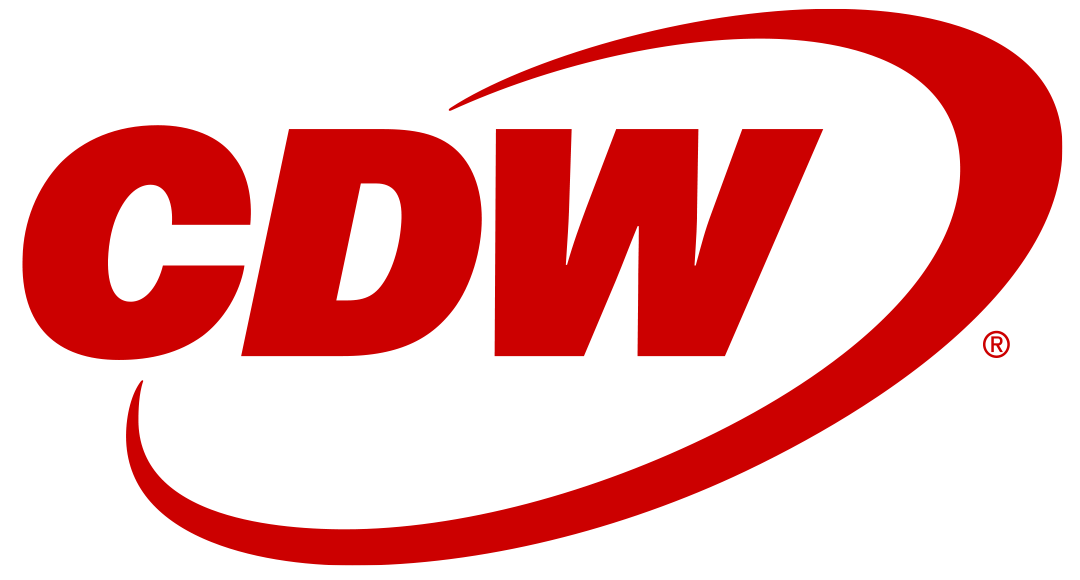
Cloud migration is a pivotal step for organizations aiming to enhance efficiency, scalability, and overall business agility. More than 90% of enterprises are engaged in cloud activities.1 The adoption of cloud services offers unique opportunities and challenges that organizations must navigate. Successful migration hinges on a tailored strategy that considers the unique offerings and capabilities of a chosen platform, assesses existing infrastructure, and defines clear objectives.
Strategy 1: Assess Your Current Infrastructure
It’s crucial to conduct a thorough assessment of your current infrastructure. This involves creating a detailed inventory of existing systems and data, identifying legacy applications, and understanding dependencies. Not assessing- or not fully assessing your current infrastructure can lead to a cascade of challenges and setbacks.
For example, legacy applications often have intricate interdependencies that, when unidentified, can lead to functionality issues, data inconsistencies, and system failures during and after migration. You might experience performance bottlenecks due to suboptimal resource allocation, diminished application performance, and increased latency. Inadvertently exposed sensitive data or overlooked compliance requirements could result in regulatory non-compliance, data breaches, and reputational damage, posing severe risks to the organization. Without a clear understanding of your current resource utilization and workload patterns, you may over-provision or under-provision resources in the cloud, impacting both budget and operational efficiency.
To mitigate these risks and ensure a successful migration, organizations must invest time and effort in understanding their existing systems, dependencies, and performance characteristics. Alternatively, organizations can work with trusted partners that have the industry experience to recognize patterns and practices and can quickly and effectively assess infrastructure.
Strategy 2: Define Clear Objectives and Goals
Without well-defined objectives and goals, a cloud migration can lack direction, leading to ambiguity and potential misalignment with the broader business strategy. This lack of clarity can lead to missed opportunities for innovation and competitive advantage in the cloud. Clear objectives drive resource provisioning leading to efficient resource utilization. Once defined, objectives can be supported by tying KPIs (Key Performance Indicators) to specific roles within your organization. This not only fosters accountability but also ensures that each stakeholder understands their contribution to the success of the migration. Failure to define performance expectations can result in unclear service level agreements (SLAs) and performance benchmarks. With clear goals and KPIs, decision-making becomes more data-driven and aligned with the desired outcomes. This clarity helps teams prioritize tasks and allocate resources effectively. Regularly monitoring KPIs allows for continuous improvement. Teams can identify areas of concern, address issues promptly, and optimize processes for ongoing success.
Strategy 3: Choose the Right Cloud Service Model
Choosing the right cloud service model involves a thorough understanding of the specific Infrastructure as a Service (IaaS), Platform as a Service (PaaS), or Software as a Service (SaaS) offerings for your platform. Your choices must align your organization's goals with the capabilities of the chosen service model to ensure optimal performance, scalability, and efficiency in your cloud environment.
Strategy 4: Develop a Robust Migration Plan
Each service model plays a distinct role in shaping the migration strategy, addressing infrastructure needs, streamlining development, and incorporating specialized solutions. A robust migration plan will include a phased approach to migration. This will enable your organization to prioritize workloads, applications, or departments based on criticality and complexity. Collaboration with key stakeholders, including IT teams, end-users, and management, is crucial. These stakeholders should be engaged early in the planning process to gather input, address concerns, and ensure a shared understanding of the migration goals. Continuously monitor key performance indicators (KPIs) and adjust the migration plan as needed. Document the entire migration process, including configurations, decisions made, and any issues encountered. This documentation serves as a valuable resource for future reference, auditing, and sharing insights with the broader organization.
Approaching such a complex change becomes far simpler when a trusted advisor is brought into the picture. Their invaluable insights and expertise in cloud technologies help you make informed decisions and select the most appropriate service model for your unique requirements. Their industry experience keeps them in step with latest and most reliable best practices.
Strategy 5: Investing in Training and Change Management
According to Amazon Web Services Blog, “The key to cloud adoption is a talent transformation program that enables cloud fluency across your entire organization. Establishing a common language amongst a critical mass is foundational to your success.” To do this you will need to identify the skill gaps and areas where employees (both in IT and end-users) may require additional knowledge to adapt to the changes introduced by the migration. Ensuring that IT professionals are well-versed in the new environment enhances their ability to manage and troubleshoot issues effectively. Hands-on training sessions and simulations provide practical experience with the new systems. Establish support networks, such as mentorship programs or designated support channels, where employees can seek guidance during and after the migration. Having a support system in place helps employees navigate challenges and fosters a sense of community during times of change. By investing in comprehensive training and change management initiatives, organizations can empower their workforce to navigate the complexities of a migration. This approach not only minimizes resistance to change but also maximizes the potential for a successful transition, fostering a positive and collaborative work environment in the long run.
Orchestrating a successful cloud migration is a journey that demands meticulous planning, strategic execution, and a commitment to continuous improvement. By embracing these five key strategies, organizations can navigate the complexities of cloud migration with confidence. Having a trusted advisor providing expert guidance, optimizing costs, and mitigating risks not only facilitates a seamless migration, but also ensures that your organization harnesses the full potential of your cloud environment. In the dynamic landscape of cloud technology, successful migration is not just a milestone; it's a testament to an organization's resilience, agility, and capacity for transformative change.
Guiding Your Transformation Journey
CDW’s Cloud Readiness Assessment (CRA) is designed to help organizations decide if cloud adoption and migration aligns with their business goals and objectives. An experienced team of cloud architects will evaluate your organizational readiness across a spectrum of topics, ranging from current operating models to governance and security requirements. In addition, a detailed analysis of existing IT infrastructure and application portfolio is performed. From all that data, a comprehensive gap analysis, Total Cost of Ownership (TCO) calculations, and migration strategies are created, unique for your organization. Leverage the output to align executive leadership and key stakeholders on transformation goals, build cost-efficient migration strategies, and make data-backed decisions.
Using CDW’s decades of experience helping our customers adapt to changing trends in technology, our teams will work closely with key stakeholders on identifying roadblocks to a successful cloud journey. Through the lens of people, processes and technology, a thorough gap analysis is provided, comparing your organization’s unique needs with industry best practices, frameworks, and CDW’s extensive experience with cloud migrations. Together, we’ll develop a business case and strategy for cloud migration that is low-risk, cost-efficient, and aligned with your business requirements and goals.

